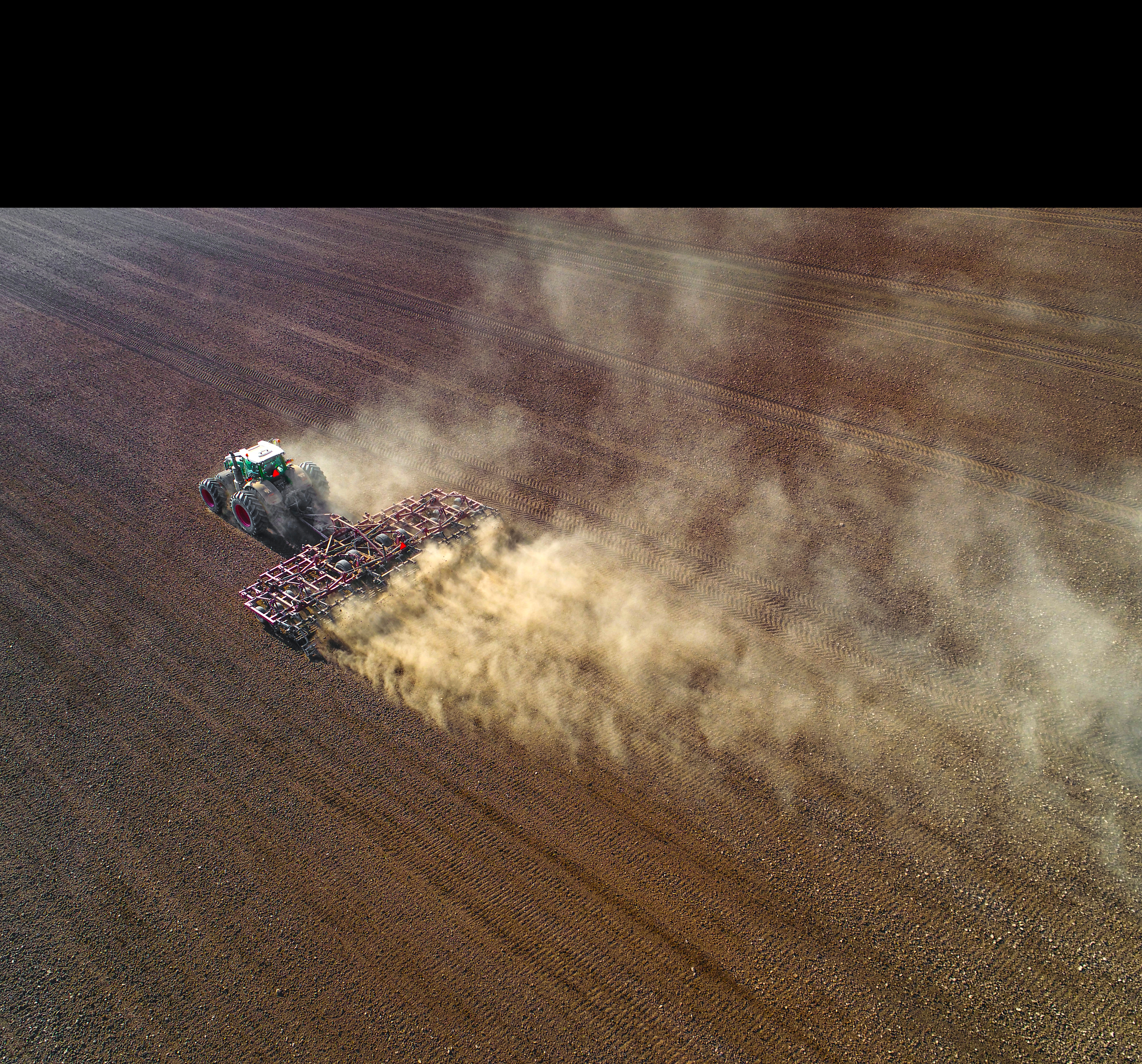Improved water infiltration, less runoff and reduced evaporative losses in no-till systems can save from 5 to 12 inches per year, making more water available for crop production. The tilled grain sorghum on the right yielded only 61 bu/A in a dry year while the no-till on the left yielded about 121 bu/A.
- With improved soil structure and residue management, more water is available for crop production.
- Better infiltration and less crusting allows more water to be stored in the soil profile rather than lost to runoff.
- Minimizing exposure of the soil surface to wind and sunlight reduces evaporation and keeps the soil surface cooler, often resulting in better rooting, especially near the soil surface.
- Better rooting makes the plant more efficient in using light rainfall events that don’t soak far into the soil profile.
However, depending on the soil moisture holding capacity of the soil, this improved infiltration may lead to leaching nutrients below the active crop rooting zone. Producers must manage their crop selection to make efficient use of the water when it is available and, in some cases, intensify their cropping system to use the water that may be lost.

